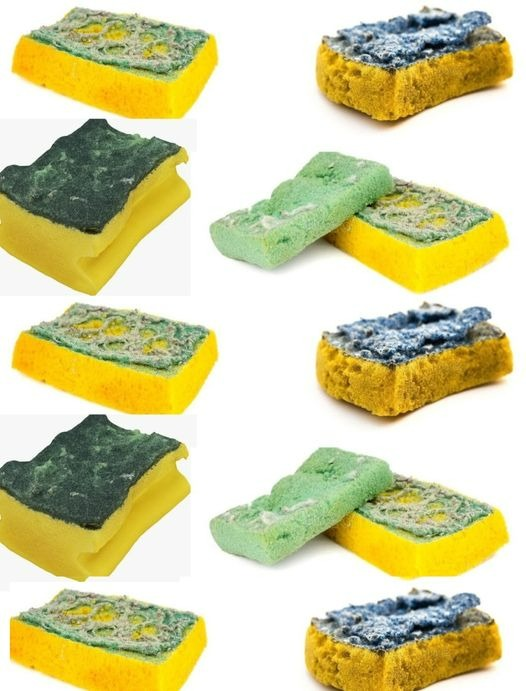ADVERTISEMENT
Using sponges that are already degraded or too worn: Sponges that are too worn or degraded are no longer effective at retaining moisture, one of the main reasons to use them in gardening. In addition, very degraded sponges can disintegrate quickly in the soil, which reduces their ability to aerate the soil and protect plant roots. It is therefore best to use sponges that are still in good condition to ensure their effectiveness in the garden.
The 2 golden rules for successful gardening
Always use clean and disinfected sponges: Before integrating your used sponges into the garden, it is essential to ensure that they are perfectly clean and disinfected. This eliminates any traces of bacteria, mold or other contaminants that could harm your plants. To do this, wash the sponges in hot water and disinfect them by soaking them in vinegar or baking soda for 24 hours. You can also use a bleach solution, but opt for more environmentally friendly disinfectants if possible.
Make sure the soil-sponge mixture is homogeneous: To fully benefit from the benefits of sponges in gardening, it is crucial to mix the sponge pieces well with the soil. A homogeneous mixture ensures that the sponges are evenly distributed, allowing for better moisture retention and optimal aeration of the soil. It also facilitates root growth by providing a stable and well-structured environment. For best results, mix the sponge pieces thoroughly with the soil in a bag or container before using it in your pots or garden beds.
1 Tip for Better Soil Aeration
Add sand to the soil-sponge mixture to further improve aeration and allow for better root growth: 🌺
To improve soil structure and promote better aeration, incorporate sand into your soil-sponge mix. Sand helps create additional spaces between soil particles, allowing for optimal air and water circulation. This improved aeration promotes root growth by providing easier access to oxygen and preventing soil compaction issues. Here’s how to do it:
Preparing the mixture:
In a large container or bag, combine garden soil with the cut sponge pieces.
Add a quantity of sand to this mixture. The ideal proportion is approximately 1 part sand to 3 parts soil-sponge mixture.
Homogeneous mixture:
Mix everything well to ensure even distribution of the sand, sponge pieces and soil.
Make sure the sand is well incorporated to maximize its beneficial effects on soil aeration.
By adding sand to your soil-sponge mix, you optimize the growing conditions for your plants, allowing them to develop stronger, healthier roots and better withstand periods of drought.
